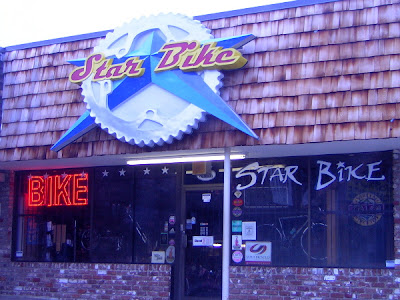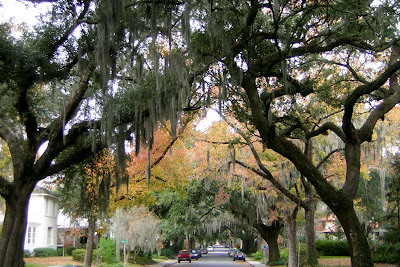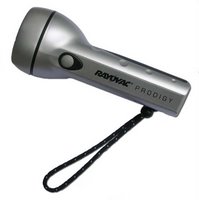 When I drive, I don't wear any automobile-specific clothing. No flame retardant racing suit. No driving moccasins. And since Bike Year was conceived as an attempt to replace car trips with bike trips, I don't wear any bicycle-specific clothing either. No tights. No jersey. The clothes I wear at the office and in the supermarket are the same clothes I wore on the way there on my bike.
When I drive, I don't wear any automobile-specific clothing. No flame retardant racing suit. No driving moccasins. And since Bike Year was conceived as an attempt to replace car trips with bike trips, I don't wear any bicycle-specific clothing either. No tights. No jersey. The clothes I wear at the office and in the supermarket are the same clothes I wore on the way there on my bike.That's why fenders are important to me. They keep what's on the road from being on me, which is helpful since I don't make a costume change once I arrive at my destination. Unfortunately, fenders don't come standard on many bikes these days. Fortunately, almost any bike can be retrofitted with them. Plus, I think bikes look almost naked without fenders.
I've tried two varieties of after-market fenders. First I bought Planet Bike Freddy Fenders. Then I tried Zefal CAB fenders. Then I went back to the Freddy Fenders. The main advantage of the Freddy Fenders is their adjustability for different frame sizes and geometries.
Planet Bike even makes a fender for bikes that lack the eyelets for mounting fenders, called the SpeedEZ. One word of warning about these, however. When you unpack the fenders, throw away the rubber straps that are used to mount the fenders to the forks and seat stays. Use some zip ties instead. The rubber straps on my fenders began cracking after 30 days and had completely deteriorated within 60.
If you can't get with the plastic fenders, check out these beautiful things.







